The Surprise Vienna Game Chess Opening: Tactics and Strategy
Learn the Vienna Game: Surprise Value, Minimal Theory, Traps, Maximized Tactics- Hidden Strategies After 1. e4 e5 2. Nc3
4.83 (49 reviews)
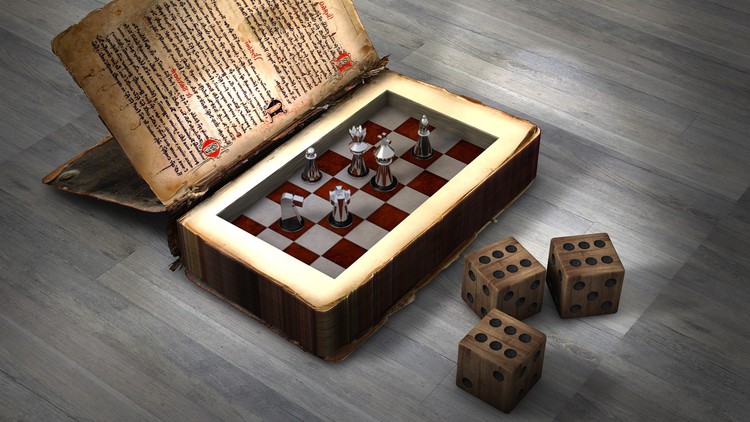
416
students
15.5 hours
content
Aug 2024
last update
$69.99
regular price
What you will learn
Ability to surprise the opponent as early as the 2nd move with 2. Nc3 instead of 2. Nf3
Ability to get attacking positions rapidly from the Opening especially with the subsequent move f4 instead of Nf3
Ability to know key variations of how Black can react
Ability to appreciate key traps Black can fall into
Ability to get a psychological edge when your opponent's expect 2. Nf3 and you play 2. Nc3 instead
Ability to see how Rudolf Spielmann "The Master of Attack" played the Vienna game with great effect. Games full of full of sacrifices,brilliancies, beauty
Ability to see how Alexander Alekhine played the Vienna game
Ability to appreciate semi-open f-file dynamic possibilities more because often f4 is used like a delayed King's Gambit
Ability to appreciate our first official world chess champion Wilhelm Steinitz was a big Vienna game fan
Ability to appreciate than 2. Nc3 doesn't block the f-pawn and gives rise to situations like 1. e4 e5 2. Nc3 Bc5 3. Bc4 Nf6 4. d3 d6 5. f4 with attack prospects
Ability to play the Vienna game with an idea of key plans
Ability to have a playable opening system playing on own terms and which doesn't require as much theory as the Ruy Lopez or Italian game or Petrov defence
Ability to set the opponent early problems and traps without compromising one's position, so quite often an effective quick points scorer
Ability to have flexibility in being able to choose between tactical and chaotic variations and more positional and solid variations depending on your style
Ability to learn from iconic world champions in the past such as Steinitz and Alekhine as well as more modern GMs such as Adams, Short, Nakamura and many others
Ability to learn about chess generally through detailed game annotations not just for opening but also to enhance middlegame and endgame understanding
Ability for even Grandmaster players to become less of a fixed target of opening preparation to mix in sometimes the Vienna game as a surprise weapon of choice
Ability to see Mamedyarov has a point with potential improved center game with Nc3 preventing d5 and often castling queenside
Ability to see the Vienna game as a safer version of the King's Gambit where d5 is discouraged
Screenshots
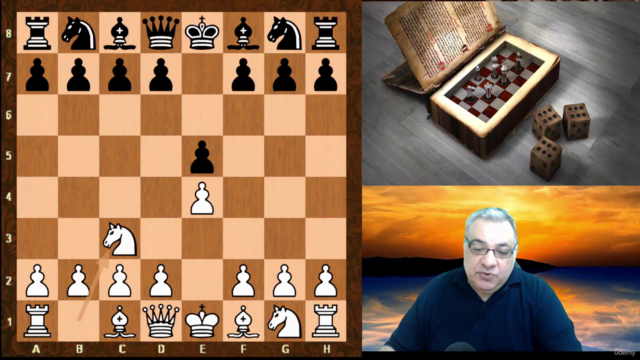
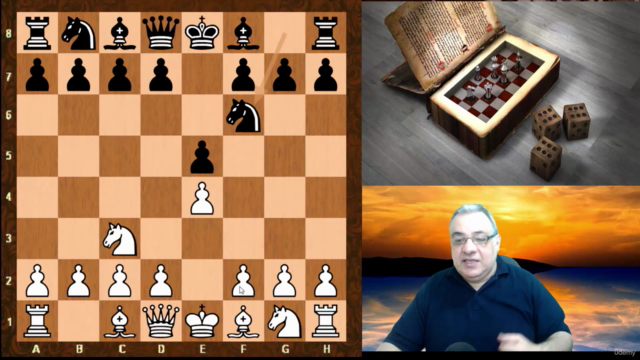
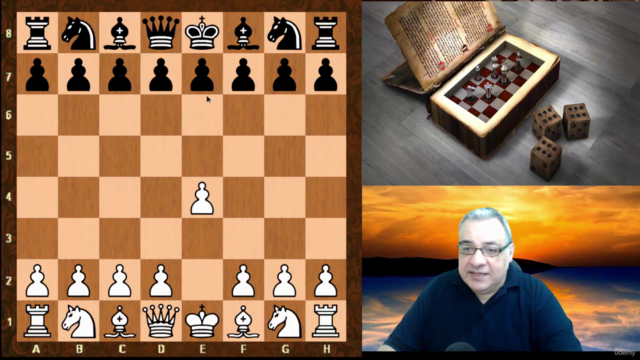
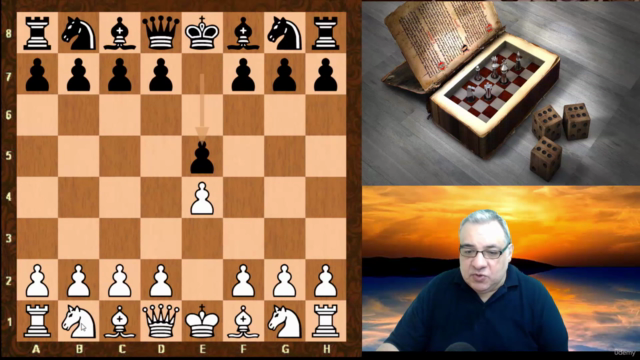
Related Topics
4913810
udemy ID
10/5/2022
course created date
11/13/2022
course indexed date
Bot
course submited by